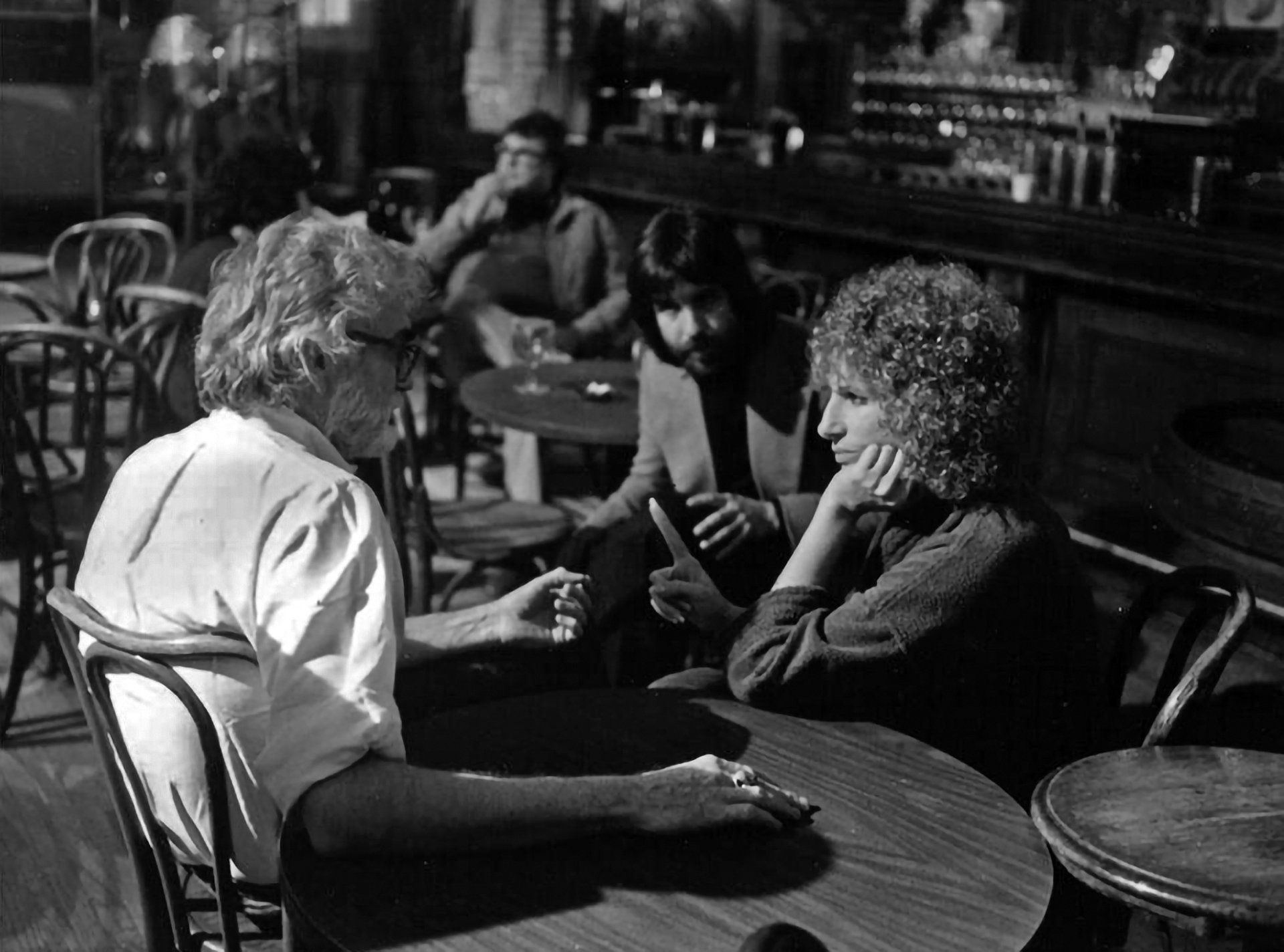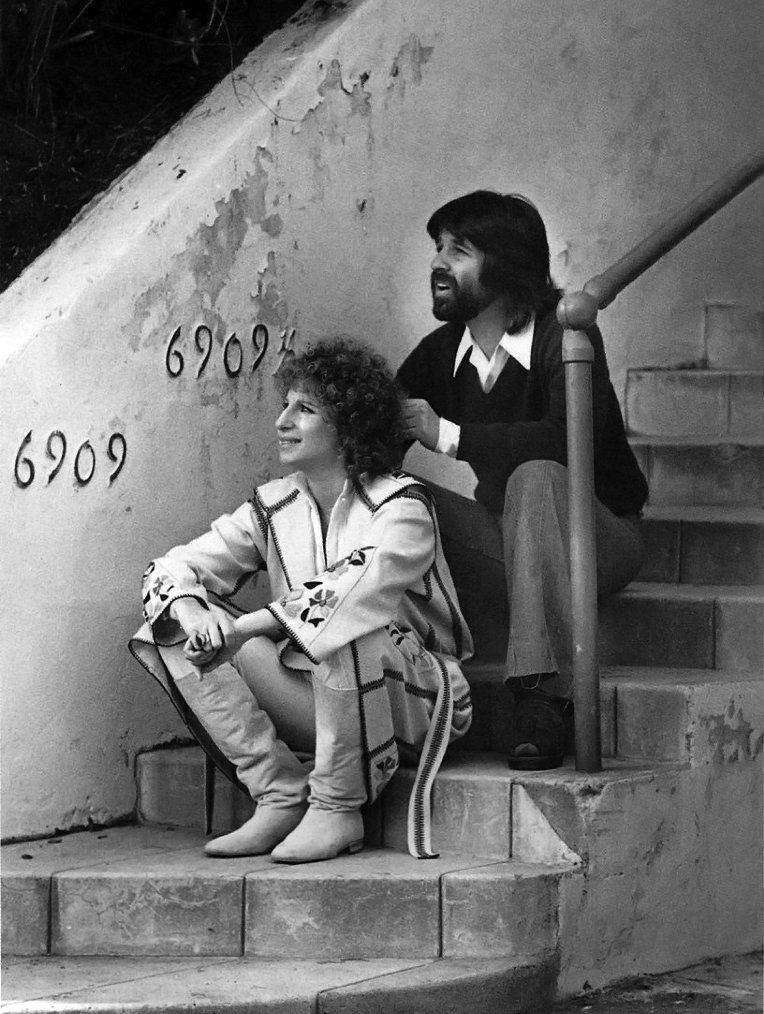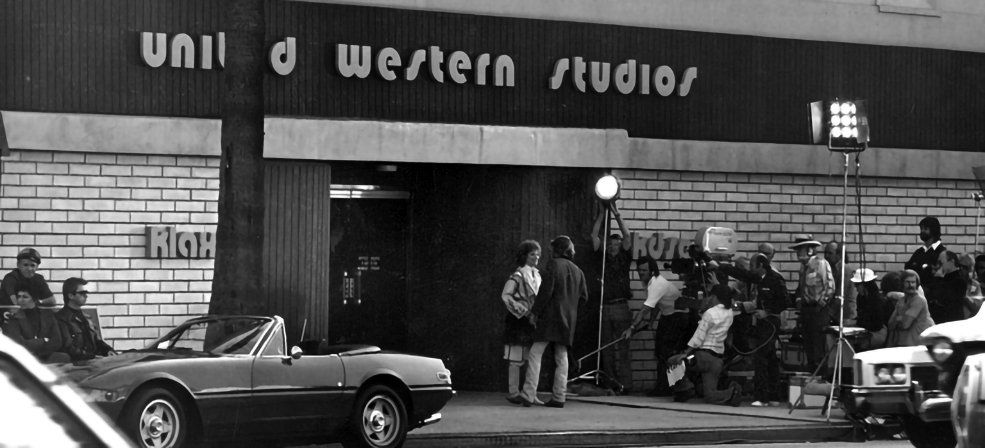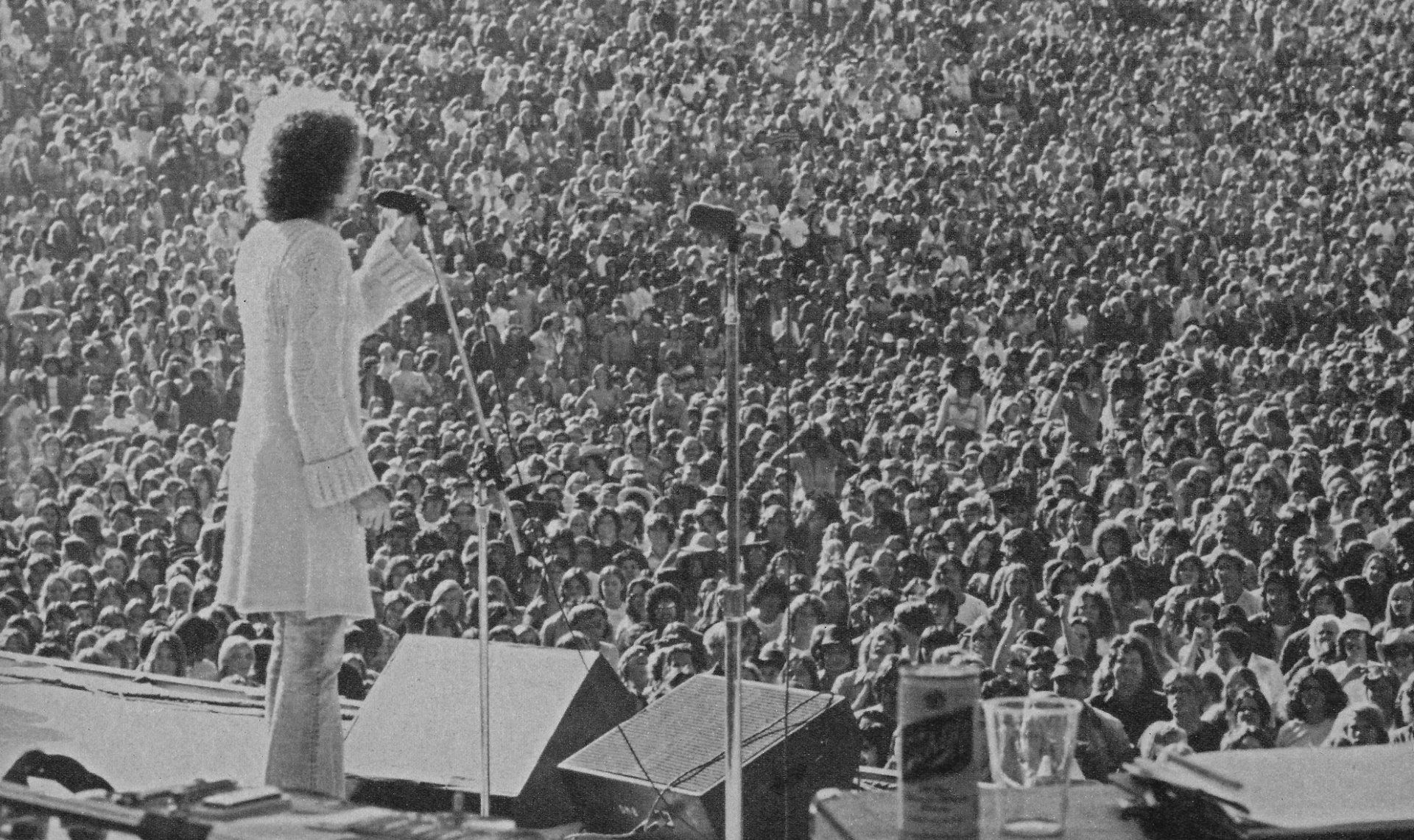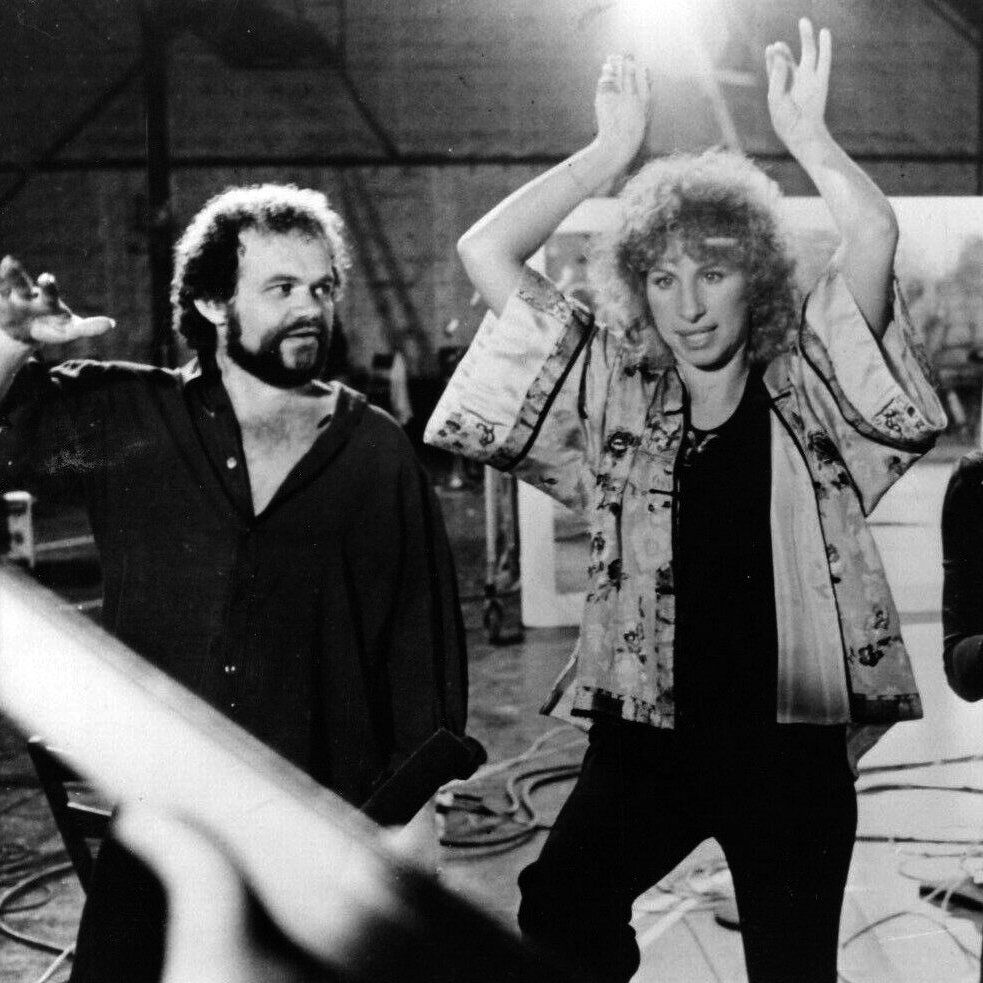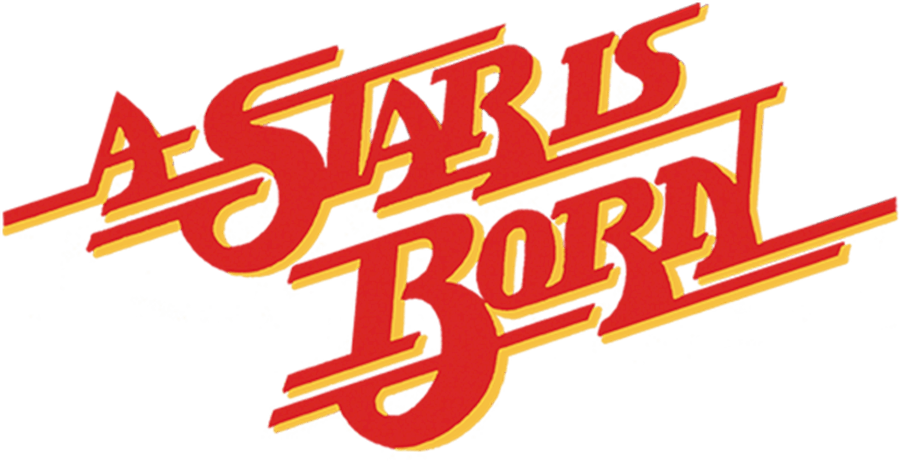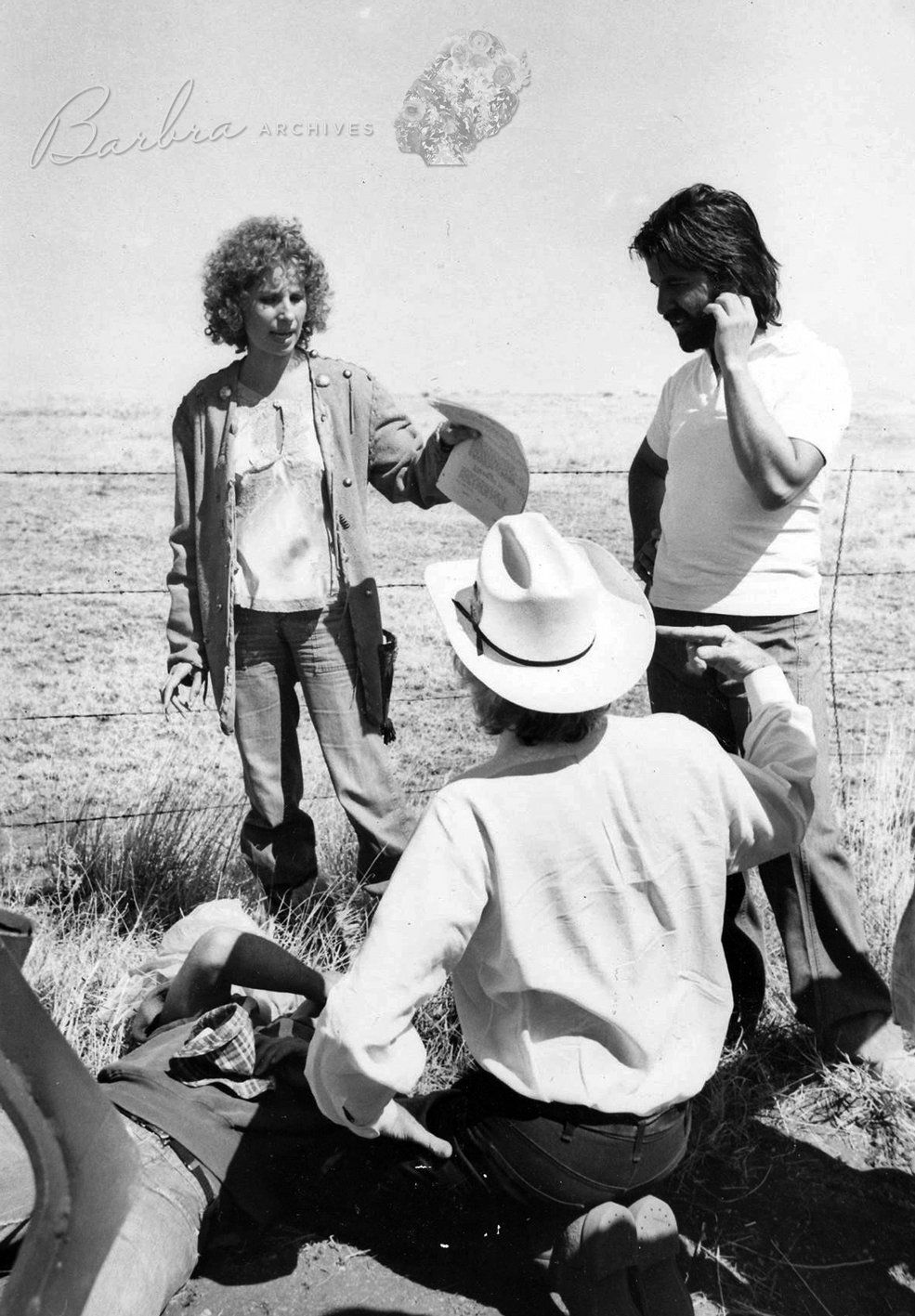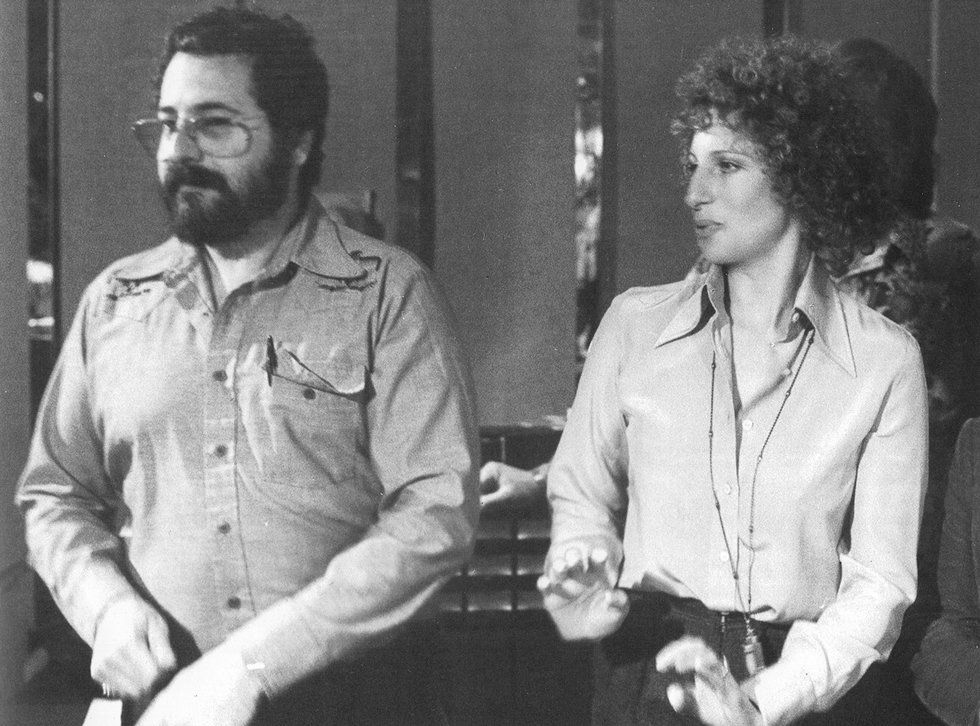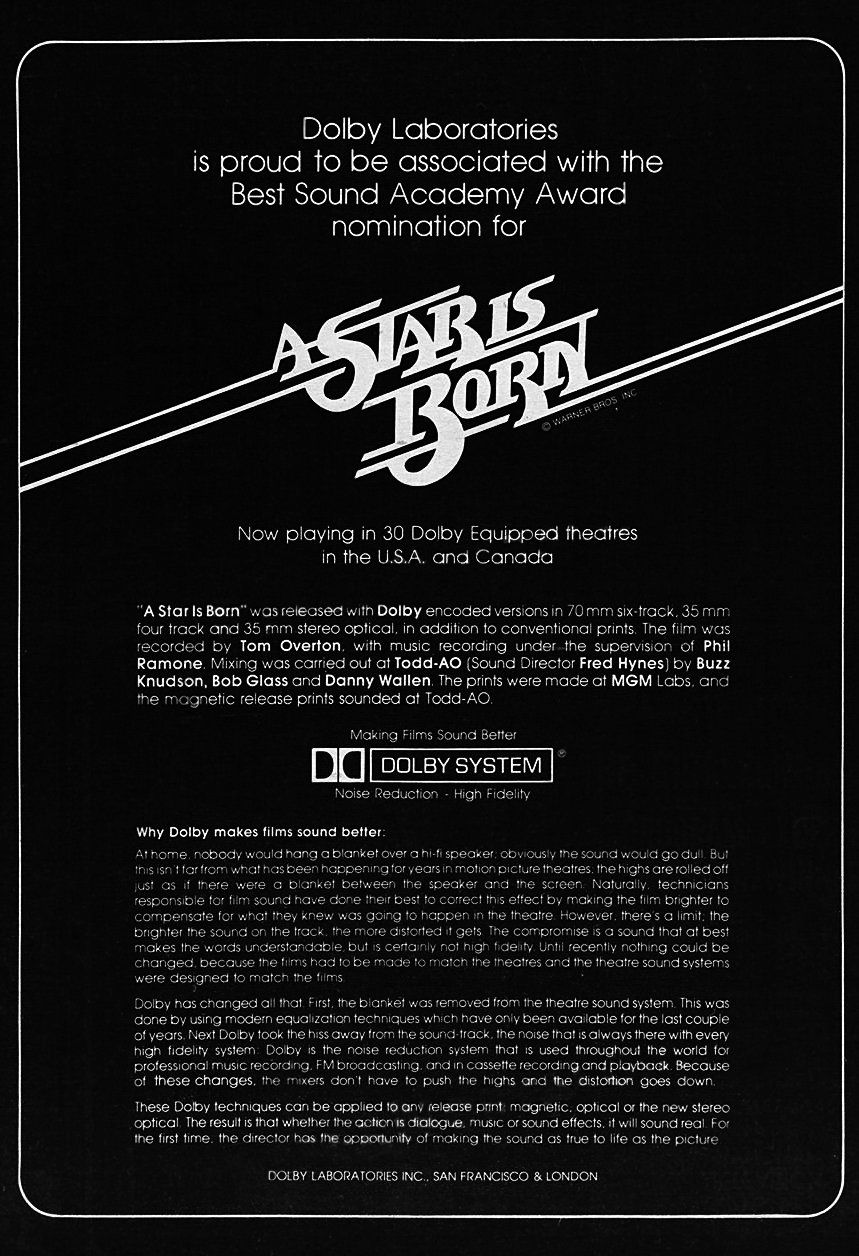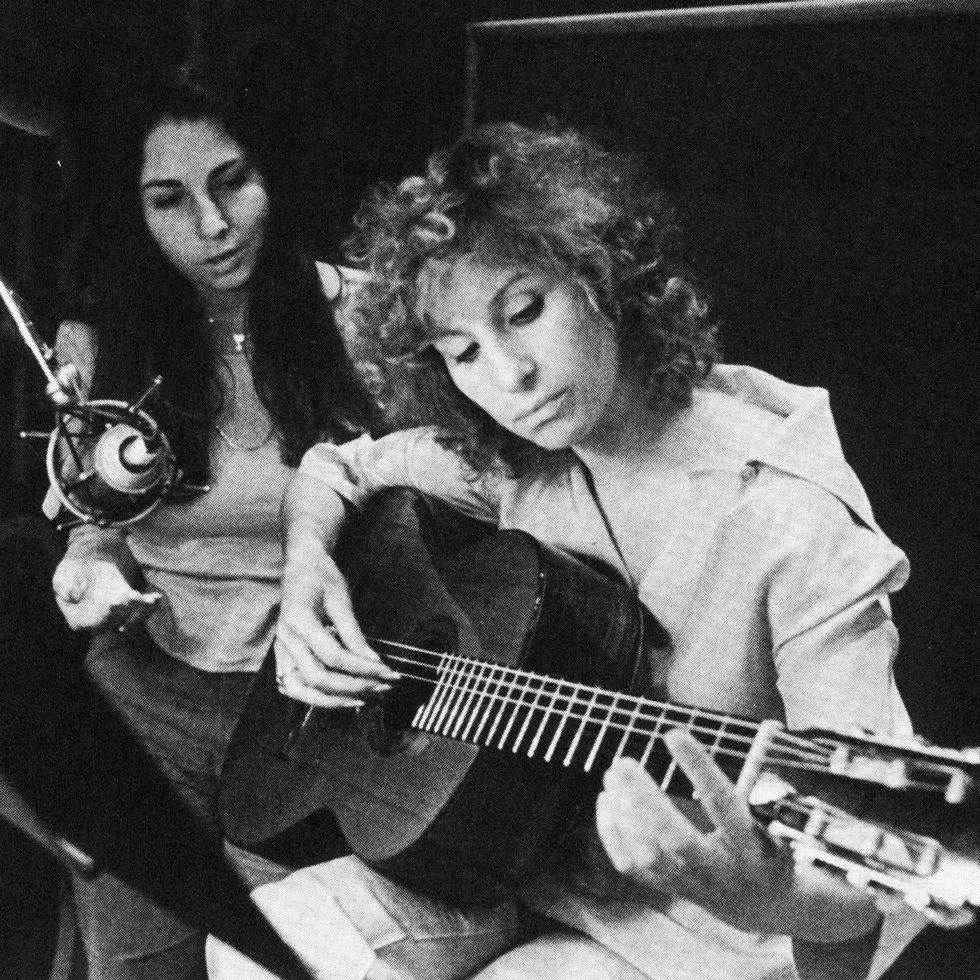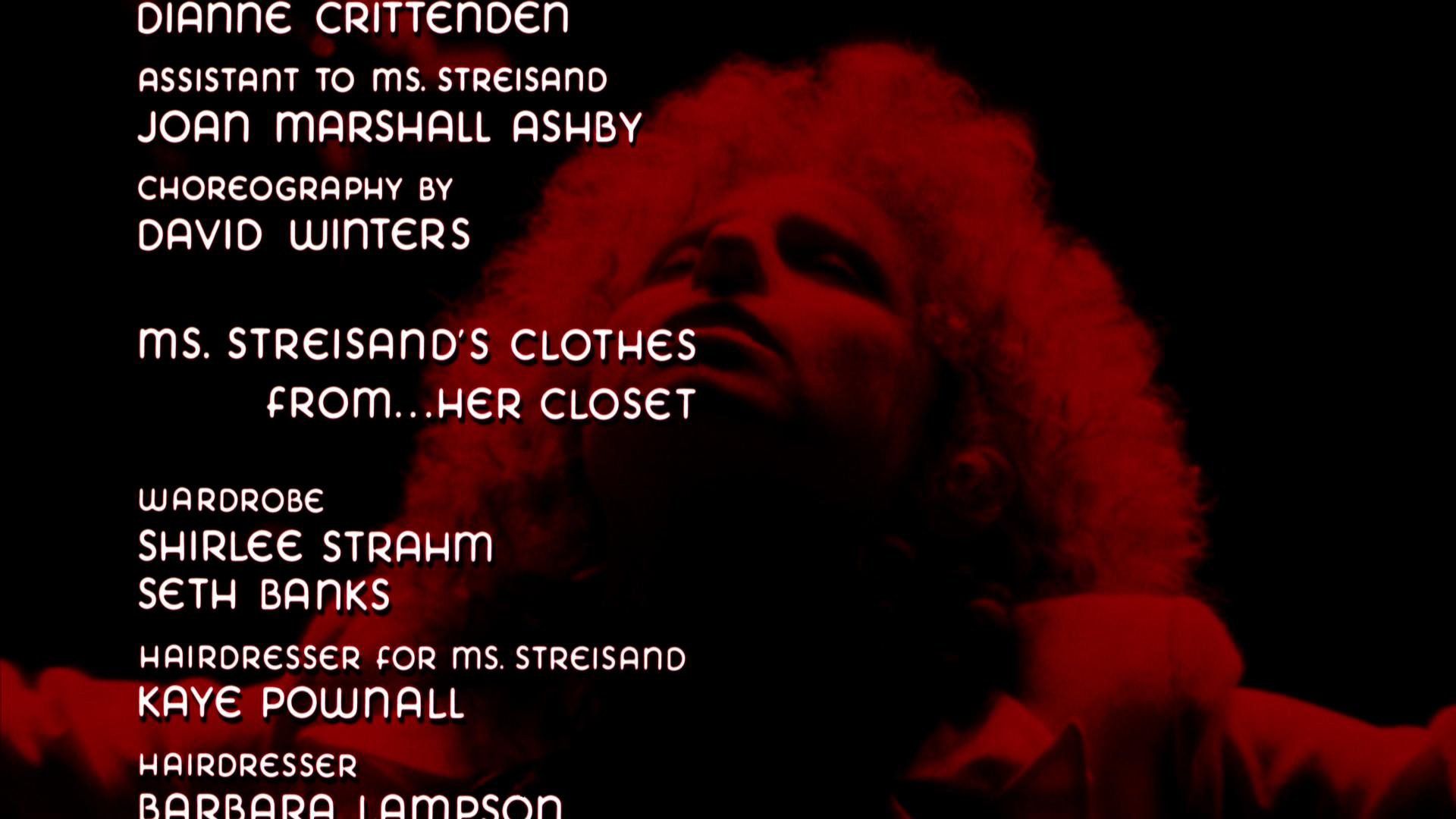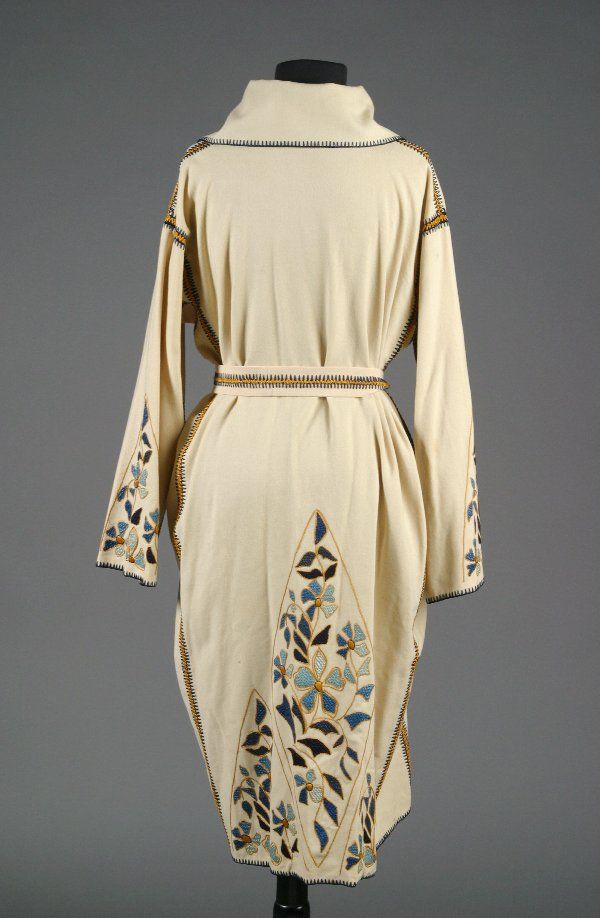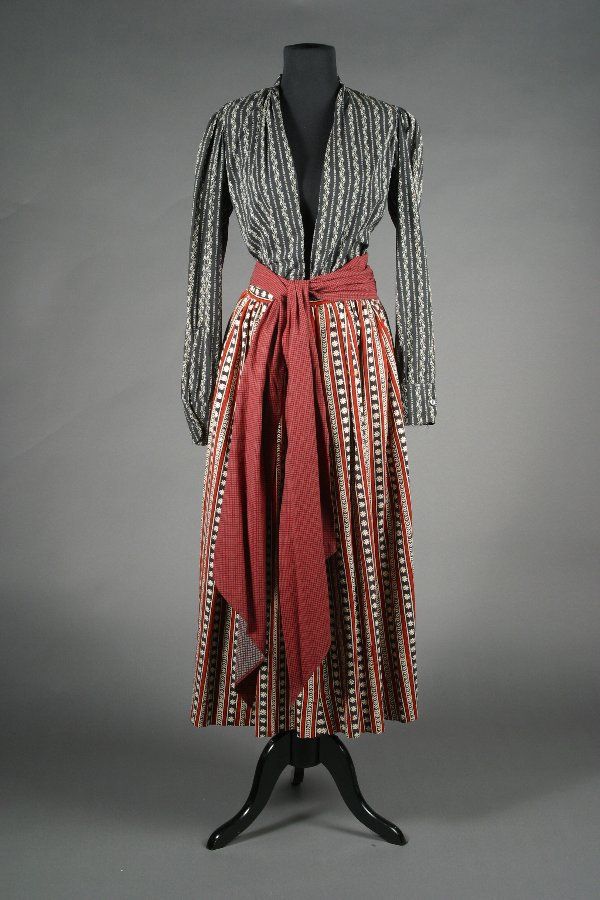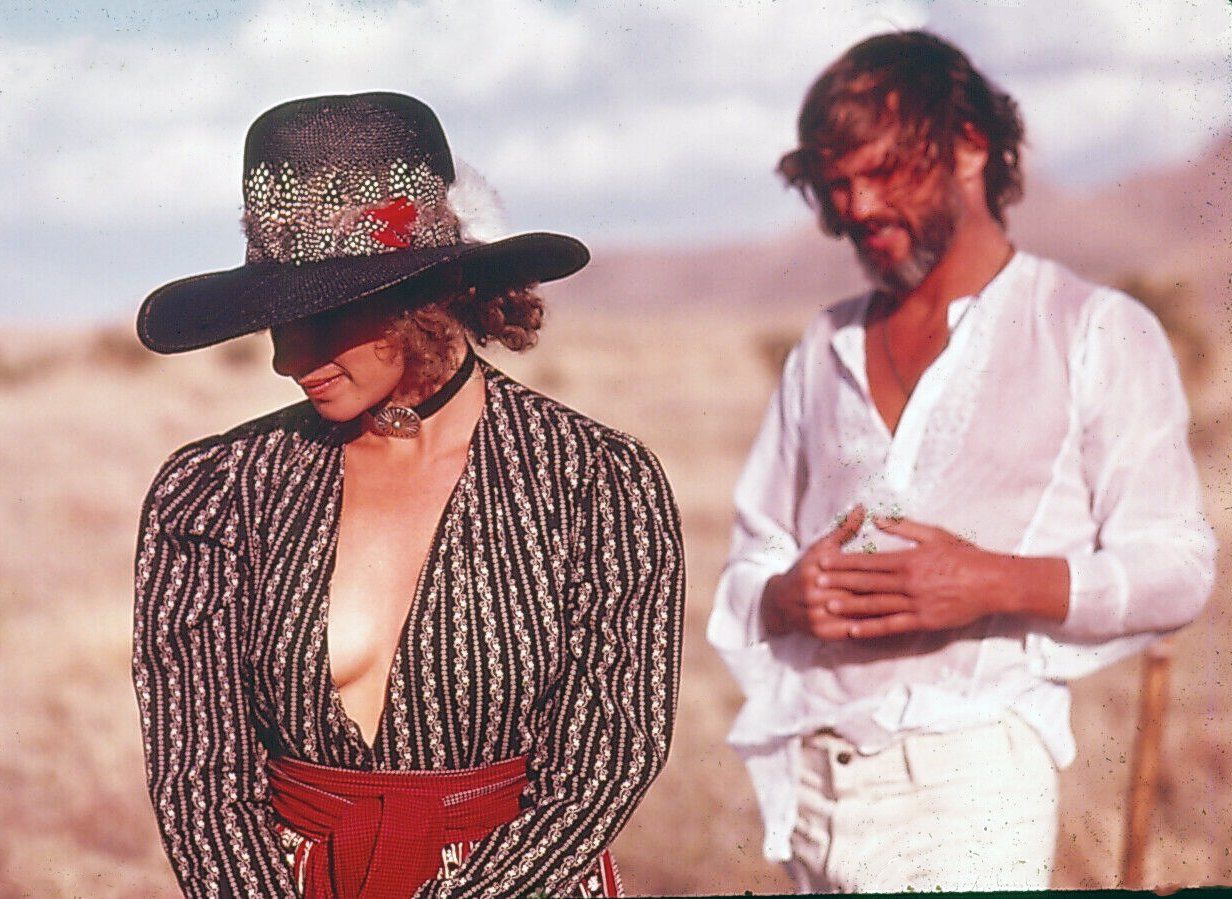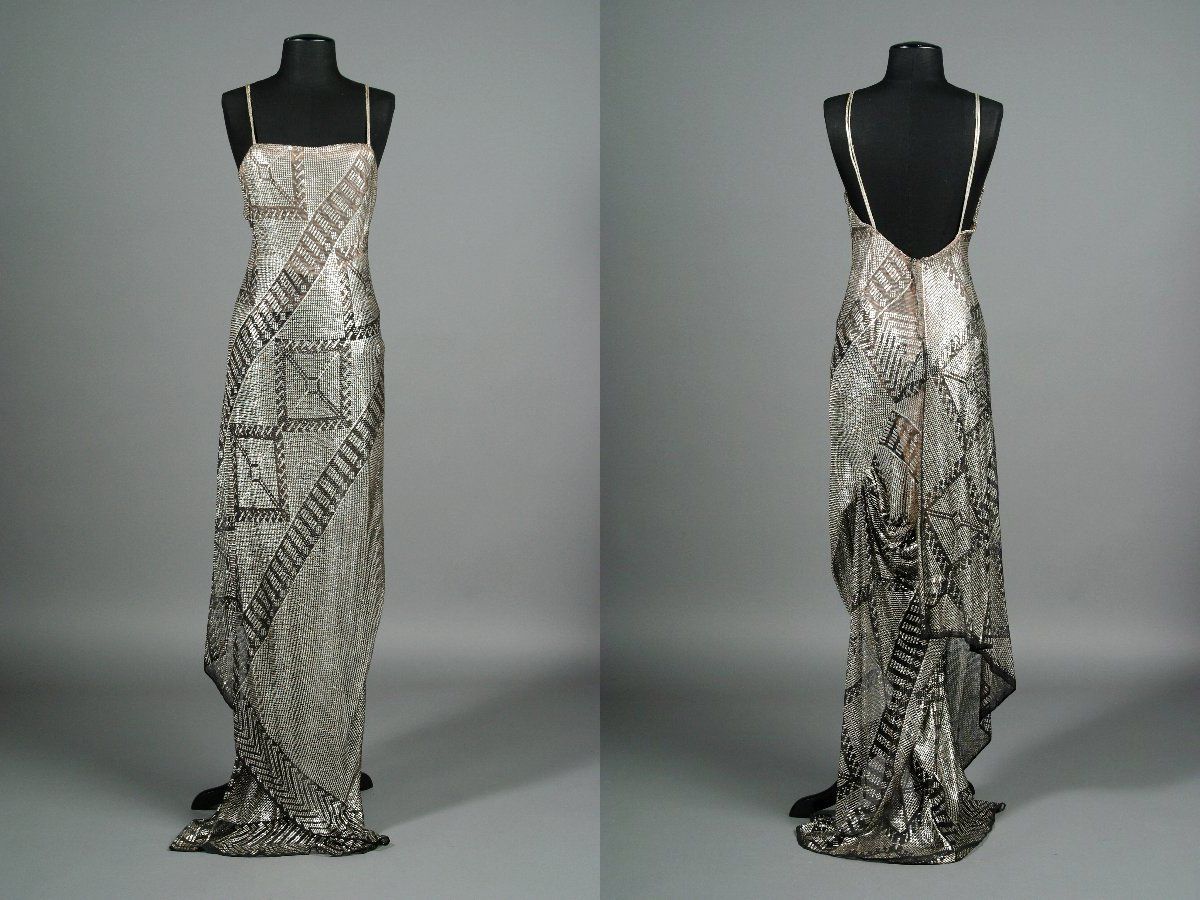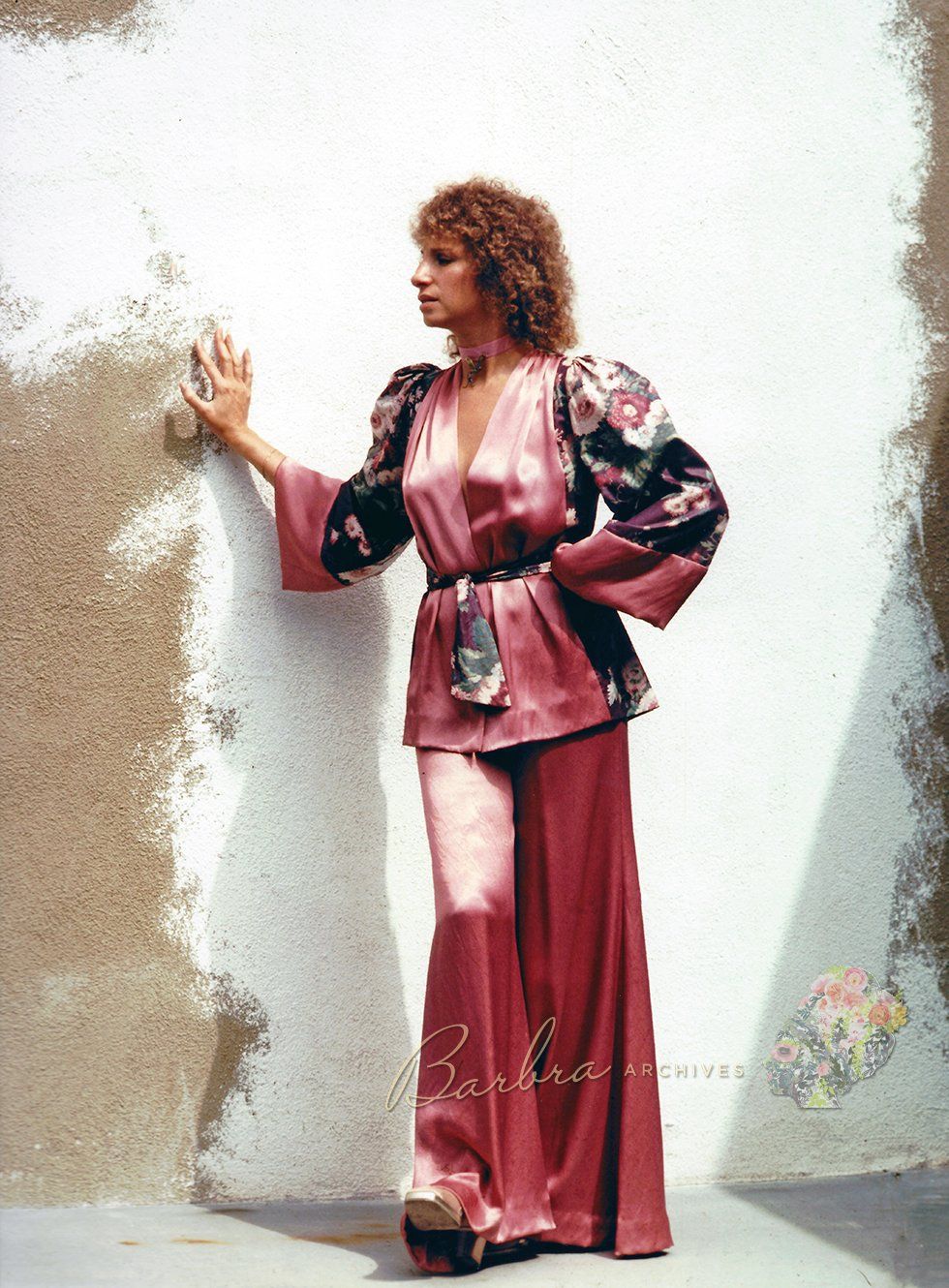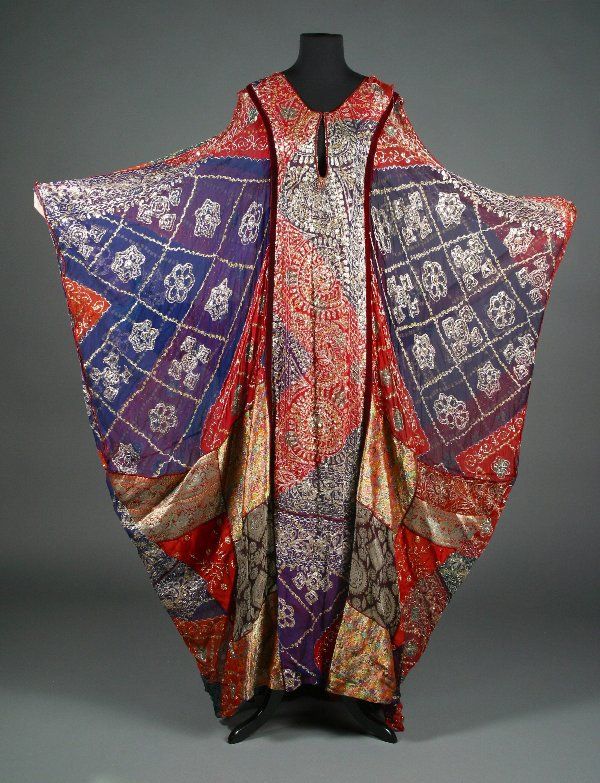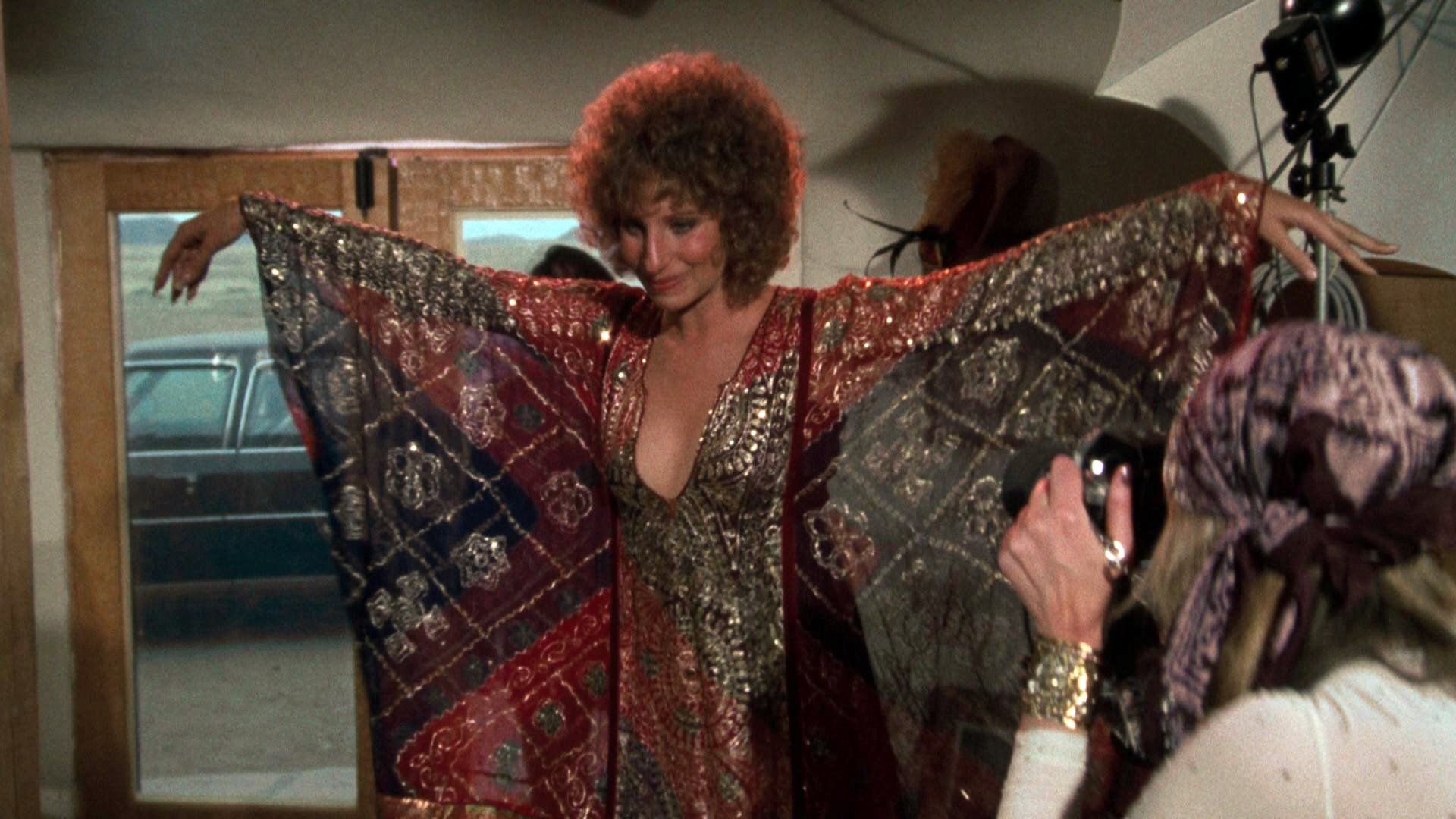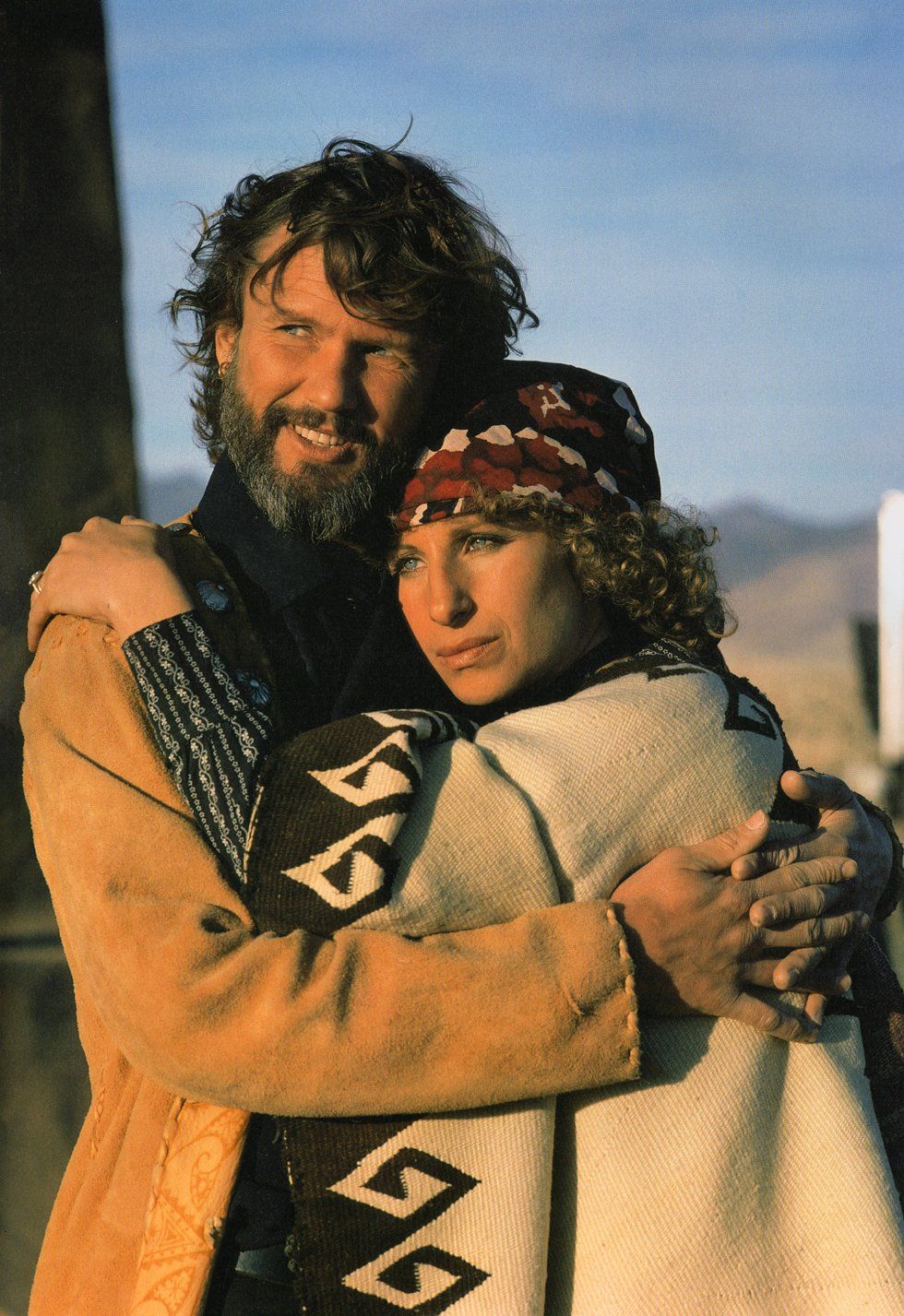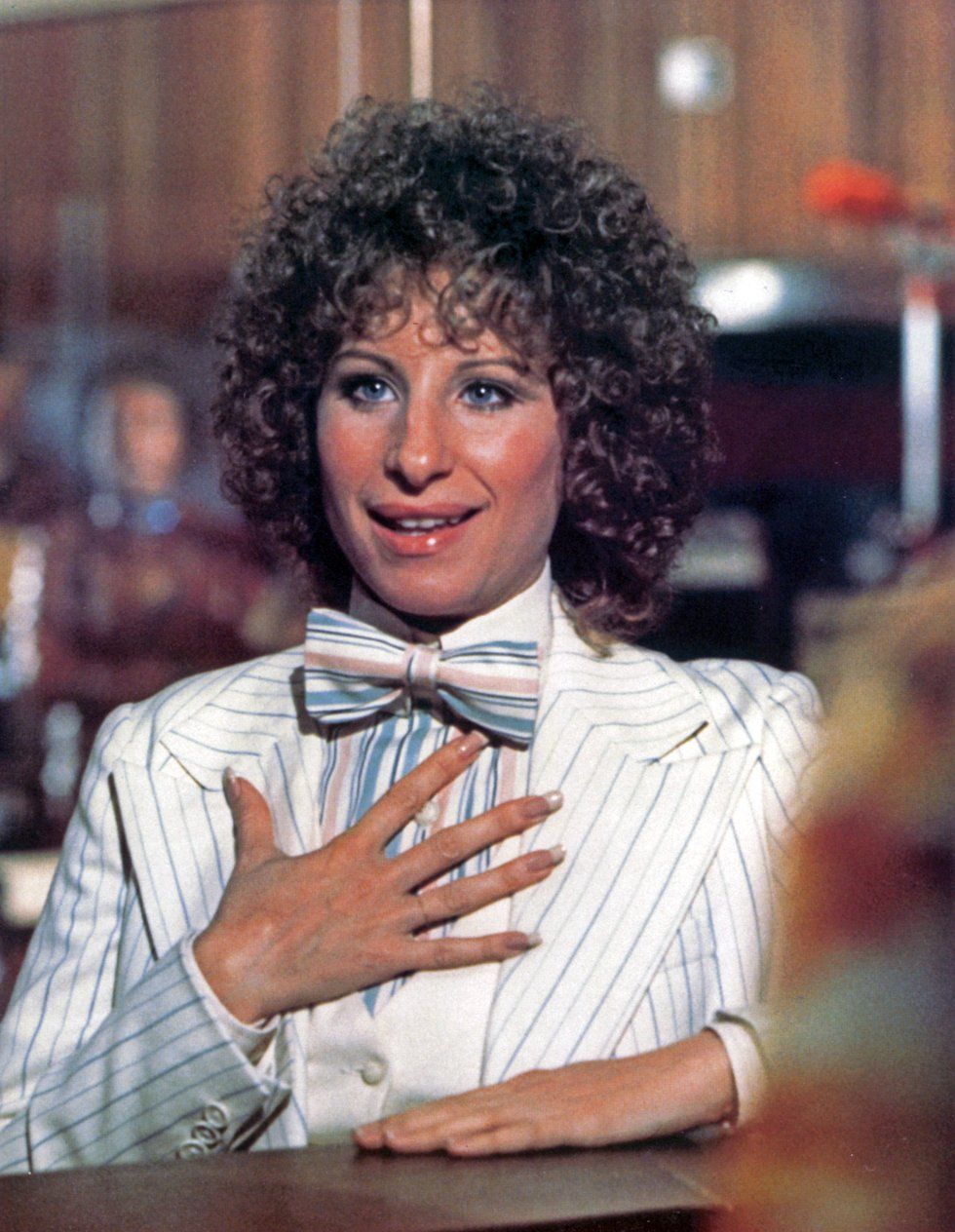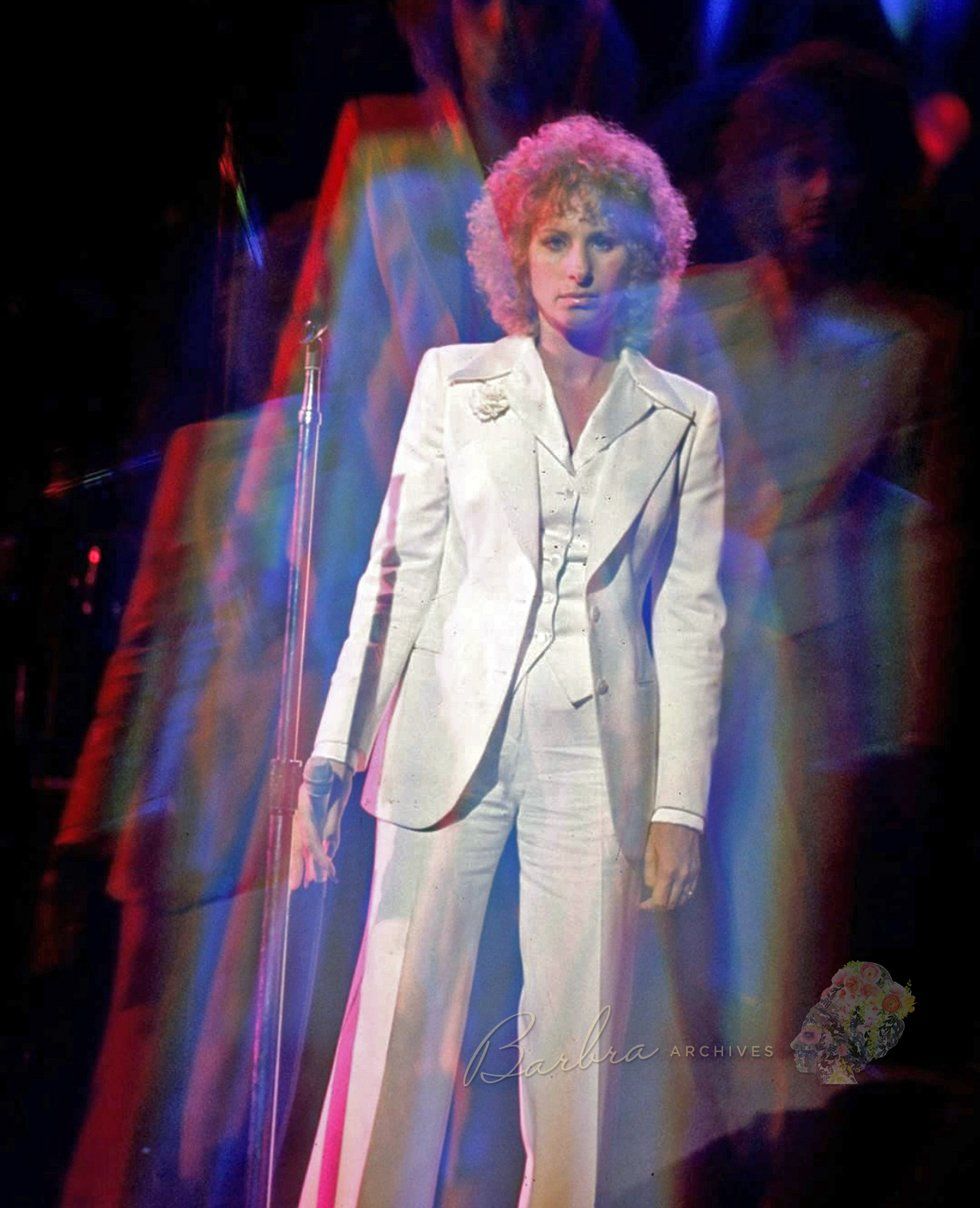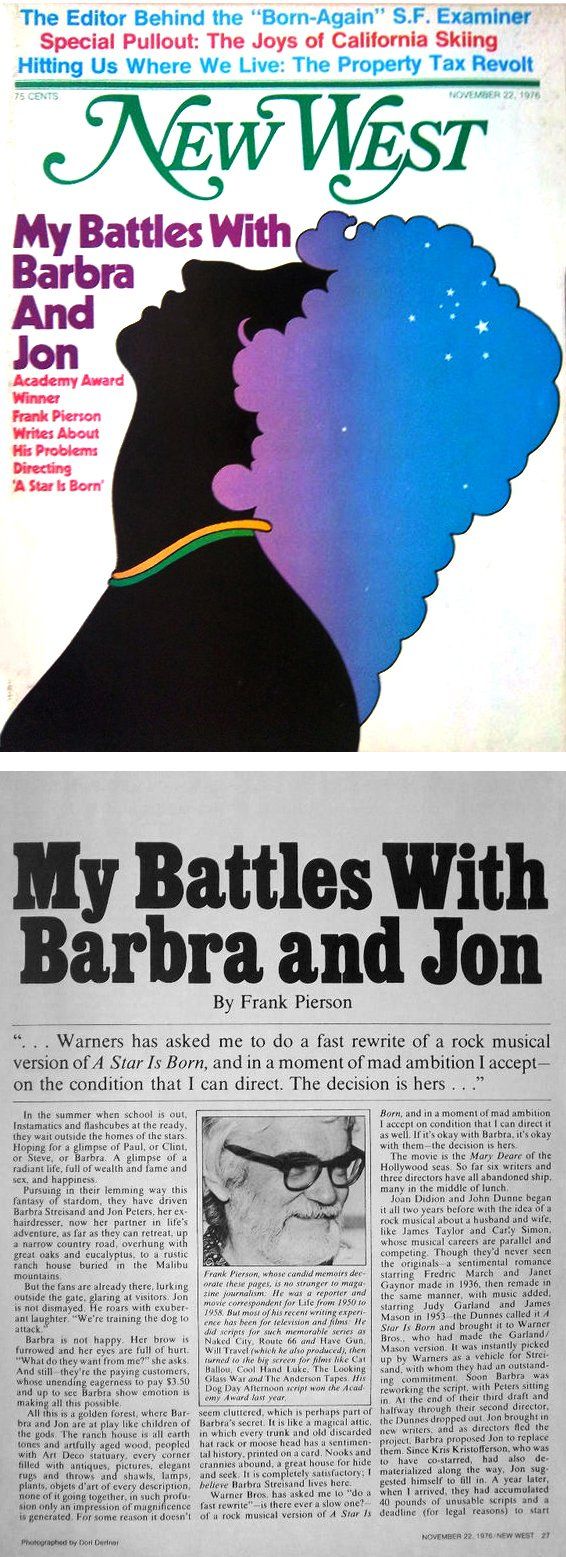Star’s director, Frank Pierson, wrote a damning article about the film in which he trashed Streisand and Peters. “My Battles with Barbra and Jon” was released in two magazines (New York
and New West) one month before the film came out! The article was a character assassination of Streisand and Peters, and Pierson definitely talked “out of school” — revealing private information about the couple and the disagreements on set for everyone to read. To this day, the article disturbs and hurts Streisand.
“Pierson crucified an unfinished film,” Streisand told
Playboy. “Before the article came out, I said to him, ‘Don’t hurt this film, Frank. We’ve all worked too hard on it. Let it live on its own, let it be born. Give it a fair chance.”
In truth, the article did poison many of the reviews of
A Star Is Born. Instead of criticizing the actual film, critics took pot shots at Streisand’s appearance and made jokes about Jon Peters being a “former hairdresser.”
Streisand found out about the article when a friend sent her the copy Pierson was pitching to magazines. “I confronted him with it, and he denied it, saying he only intended it for his friends to read,” Streisand said. “I can’t imagine how anyone could be so destructive to a film as well as to himself. He broke the confidentiality of the relationship between a director and an actor, which is a very intimate, private relationship that has a great deal of honor attached to it. I was deeply hurt. He tried to make me look ridiculous and unprofessional.”
Pauline Kael, reviewing the film for
The New Yorker,
astutely wrote: “[Pierson] rigged things both ways for himself: if the picture we got to see was anything less than great, it would be because Streisand and Peters had wrecked it in the final cut, while if it was great, we had him to congratulate.” She pointed out that Pierson’s only other directing credit, The Looking Glass War, had “no controlling dramatic intelligence at work—and it didn’t involve the audience. Neither does A Star Is Born, and its faults can’t all be laid to Streisand’s interference or to her and Peters’ editing.”
Why didn’t Streisand — the film’s executive producer — fire Frank Pierson? The answer has layers of sexism that still echo today. “I have been accused of being ruthless,” Streisand stated. “And, in fact, it’s my problem that I’m not ruthless enough. I should have fired him.”
One interesting point that should be brought up is the Directors Guild of America’s “Eastwood Rule,” which was established in 1976 when Clint Eastwood was filming
The Outlaw Josey Wales
with director Philip Kaufman (the same year of A Star Is Born, by the way). Eastwood was unhappy with Kaufman’s slow setups and conspired with his producer to fire Kaufman; then Eastwood took over directing duties. So, the DGA created a union law to protect its film directors that stipulated that no actor, producer or other person engaged in a film may fire the film’s director and assume his duties and title. This, of course, begs the question why Streisand has a reputation as a diva and perfectionist, and Eastwood’s onset behavior is barely acknowledged?
Streisand didn’t hold back when Geraldo Rivera interviewed her on ABC: “[Pierson’s] article was so immoral, so unethical, so unprofessional, so undignified, with no integrity, totally dishonest, injurious. If anyone believes it, without examining who that person is, that could write such a thing to try to put a black cloud over a piece of work before it’s even released: that’s most important indication of who that person was that wrote that article.”
The truth is that even though the critics were mostly harsh with Streisand’s
A Star Is Born, the moviegoing public loved it — it’s Streisand’s highest grossing film (not counting the ensemble Fockers
movie).

